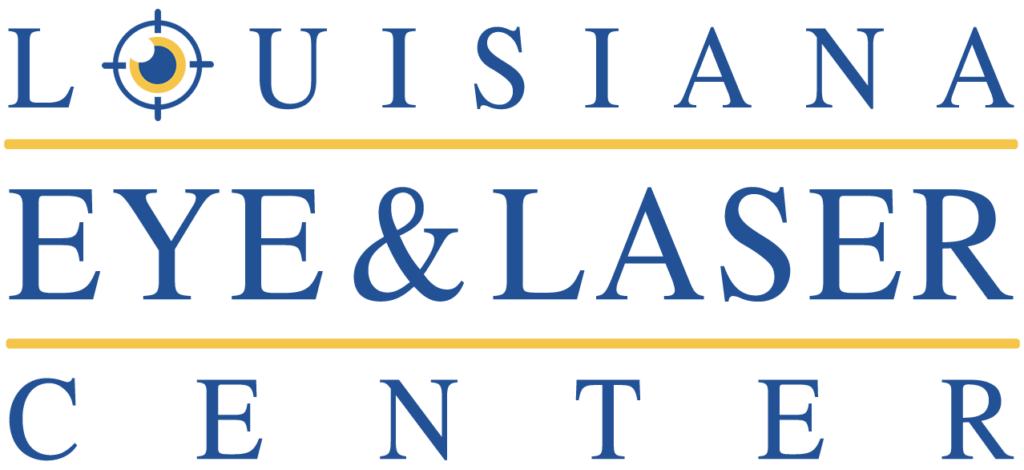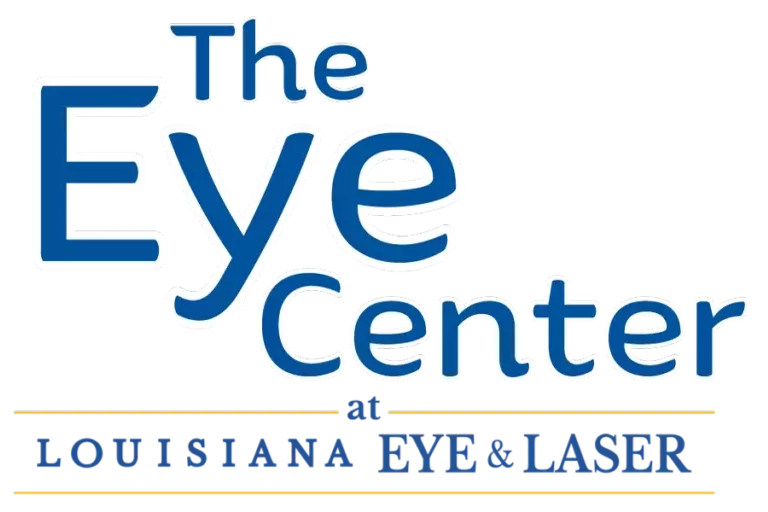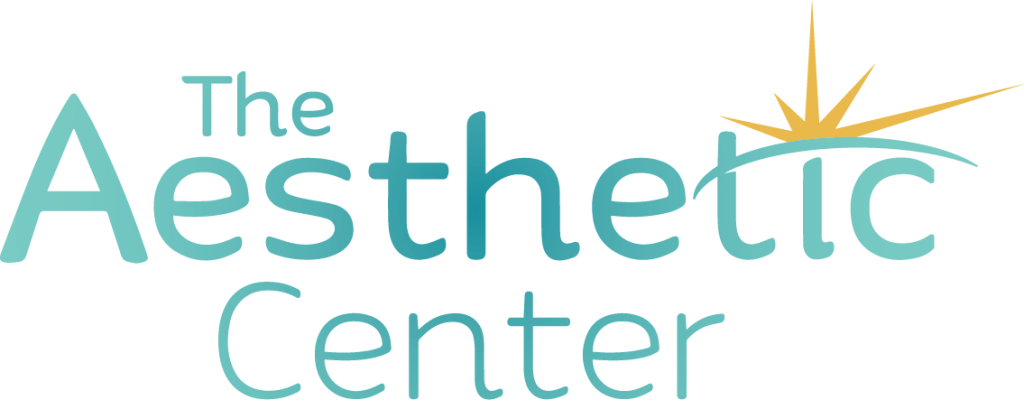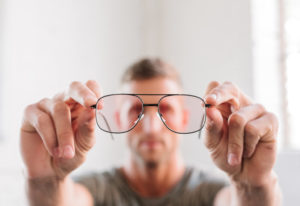
Myopia (nearsightedness) is a condition in which objects that are far away appear blurry. This disorder affects approximately 42% of all Americans, appearing as early as childhood and potentially worsening with age. While myopia can certainly make life difficult, the good news is that it can easily be treated. For more information about myopia and nearsightedness, continue reading below.
Table of Contents:
- What is myopia (nearsightedness)?
- What causes myopia (nearsightedness)?
- What are the symptoms of myopia (nearsightedness)?
- Can myopia lead to other problems (nearsightedness)?
- How is myopia treated (nearsightedness)?
If you think you may be suffering from nearsightedness, schedule an eye exam with the eye care professionals at Louisiana Eye & Laser. Just call, visit or go online to set up an appointment.
What is myopia (nearsightedness)?
Myopia, more commonly known as nearsightedness, is an eye focusing disorder in which the eye is unable to properly refract light. Patients with myopia can clearly see objects that are close up, but distant objects appear blurry. Ophthalmologists refer to severe myopia as high myopia and cases with mild symptoms are referred to as low myopia.
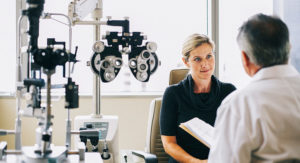
What causes myopia (nearsightedness)?
Myopia is a hereditary condition that occurs when the eye is shaped in a way that causes light rays to focus in front of the retina, rather than on it. This causes objects far away to appear blurred, while the eye can clearly process objects that are close. Myopia can become worse during the teenage years especially, as the body rapidly develops and changes.
What are the symptoms of myopia (nearsightedness)?
Myopia makes distant objects appear blurry. However, many patients may not immediately realize there is an issue and can experience an array of additional symptoms before the issue becomes obvious. Some symptoms of nearsightedness to watch out for include:
- Squinting to see distant objects
- Trouble reading objects from a distance, such as road signs
- Eyestrain
- Headaches

Can myopia lead to other problems (nearsightedness)?
Patients with myopia may be at an increased risk of retinal detachment. Patients with high myopia (severe cases) have an elevated risk of developing glaucoma or cataracts later in life. It is important for nearsighted individuals to have regular eye exams to monitor for any of these more serious conditions, even after their condition is treated.
How is myopia treated (nearsightedness)?
There are several treatment options for myopia patients. Glasses, contact lenses, and even surgery can be used to treat nearsightedness. The form of treatment usually depends on the patient’s preferences. Some patients may only need to wear glasses while doing certain activities, such as driving or reading from a chalkboard. However, other patients may need more permanent solutions, such as refractive surgery, which corrects the shape of the cornea. LASIK eye surgery is a popular form of refractive surgery.
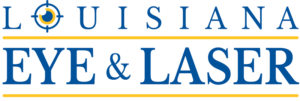
Visit Louisiana Eye & Laser
Don’t let blurry vision hold you back! Come visit the eye care experts at Louisiana Eye & Laser, where we’ve been treating nearsighted patients for over 40 years. With 14 convenient locations across the state, there’s no reason to look any further for an eye doctor who can help with your fuzzy vision. Whether you are experiencing myopia symptoms or just need a regular eye exam, we’re here to help. Just give us a call, schedule online or drop by one of our offices today!
